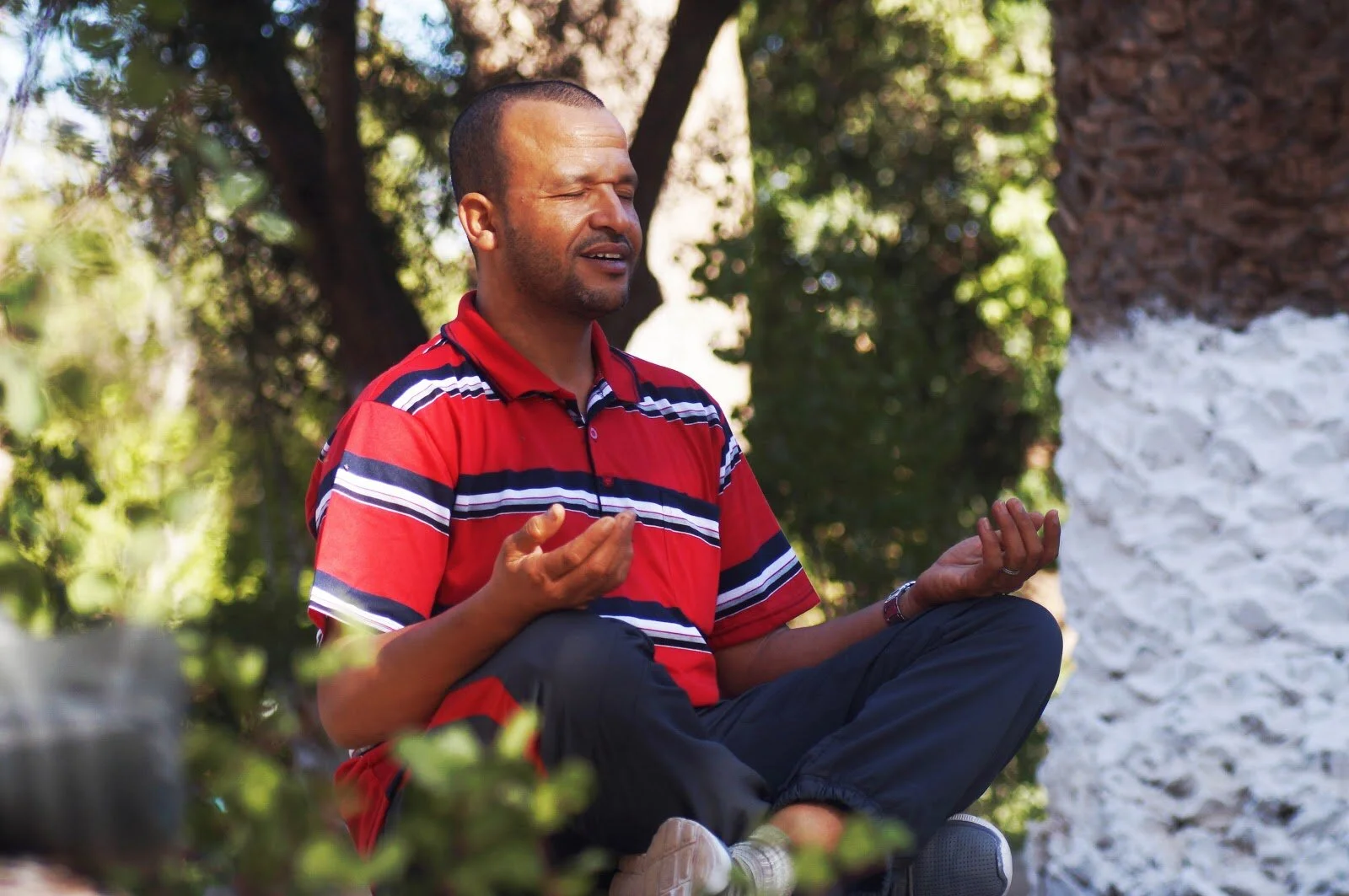Open Heart Meditations engage regions of the brain involved in sustained attention and emotional processing (Hoffmann et al., 2011). These practices alter frontal alpha asymmetry in a direction associated with more positive emotion (Moyer et al., 2011).
Appreciation and gratitude are good entry points for people attempting to access a positive emotional state.
Most television programs (including the news) are written to stir powerful uncomfortable feelings. This is a tactic to keep your attention and it works! Unfortunately, the brain responds to these images and messages by initiating a stress response. Even if the images and stories are clearly false, the brain often responds as if it were true.
Read More“I have generally appreciated the term, Automatic Self-Transcending as it directly implies that this type of consciousness is “automatic,” meaning it cannot be achieved through effort-it happens on its own. This is so important, as many people attempting to engage in this style of meditation try to push their thoughts away (which doesn’t work). Instead, it is a process of allowing yourself to drop below the level of normal consciousness.”
Read MoreIn the following webinar released last year by Dr. Jeff Tarrant, Director of the NeuroMeditation Institute, explores the physiological underpinnings of stress and the challenge of finding the right balance between an over and under aroused nervous system along with strategies to help find that balance.
Read MoreIn Qigong practices, most of the meditation is done from a standing position. Standing to meditate can be particularly helpful for those who tend to fall asleep if they sit still for too long. Standing meditation is also a way to develop attention to detail as well as self monitoring.
Read MoreThe space between a situation and our reaction is sometimes referred to as a “mindfulness wedge.” By interrupting our automatic hurt or anger that we often feel in certain situations, we create an opportunity for something different: a more honest, appropriate, and authentic response to emerge.
For this exercise, you will need a pencil and paper.
Do you think you can catch every thought that occurs? Is awareness of bodily sensation a thought? How many of your thoughts are the same thought repeating itself? Do you think in images, or words?
Read MoreMany beginning meditators feel awkward and uncomfortable meditating at first. They see pictures of beautiful people in yoga magazines with full-blown meditation studios, and the idea that you must have these surroundings to successfully meditate begins to form.
An element of spiritual materialism commonly creeps in.
Read MoreThe mind automatically creates stories about the people and events in our lives. These stories are almost entirely works of fiction based on our habits of thinking, our fears, and our childhood imprints. These stories reflect our subconscious programming, which very often is in control of our lives.
The following exercise uses a thinking routine to challenge the storyteller.
Just because a meditation practice is easy, does not necessarily mean it is the best one for your brain. Anything worthwhile takes effort. If you are looking to engage in meditation to rebalance the brain, the practice may be difficult. You are asking your brain to do something new, to change its old patterns. This is not likely to be easy. Meditation is work.
Read MoreOne of the physical manifestations of depression is a caved chest. This appears to be a way that the mind-body naturally attempts to protect the heart. Unfortunately, this pattern can often become habitual, leading to defensiveness and an inability to feel positive feelings.
Read More










